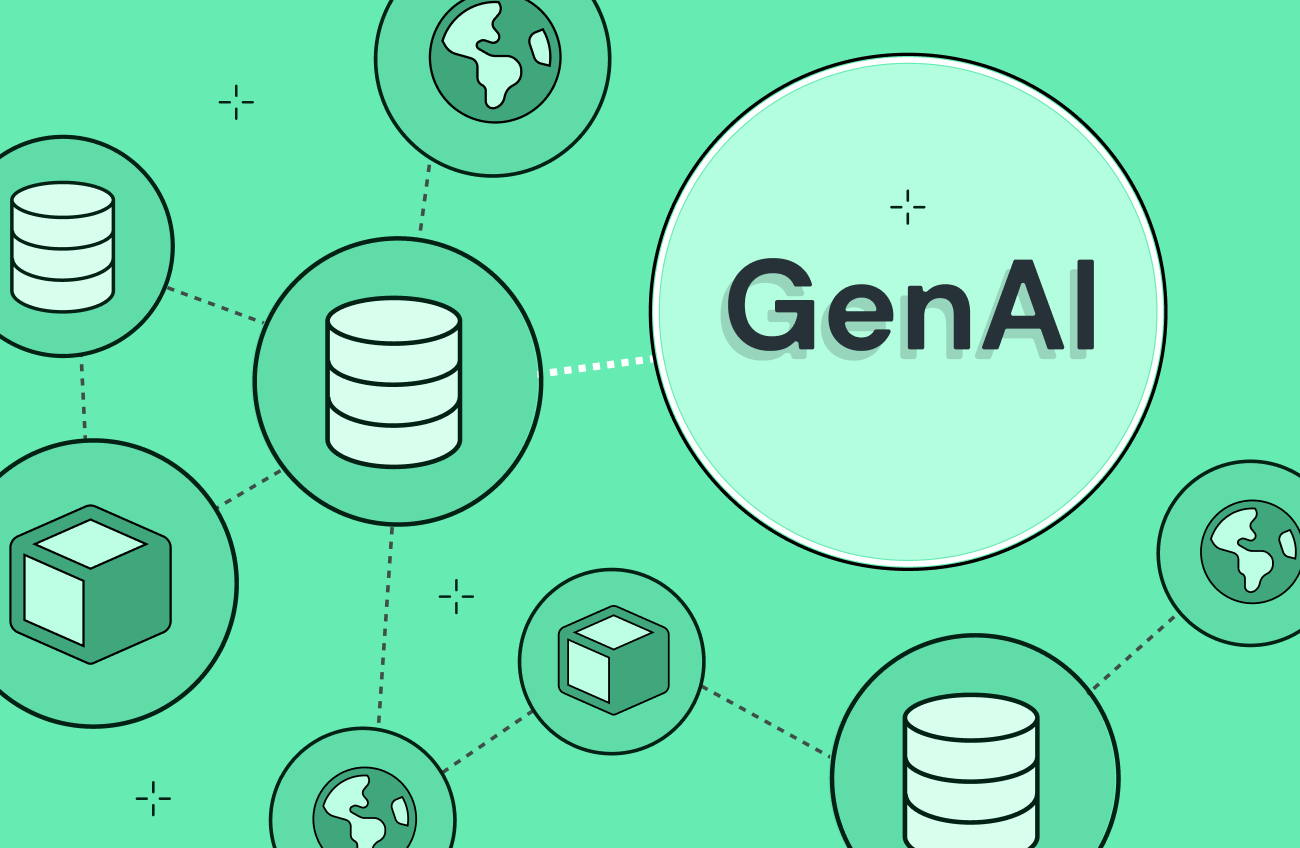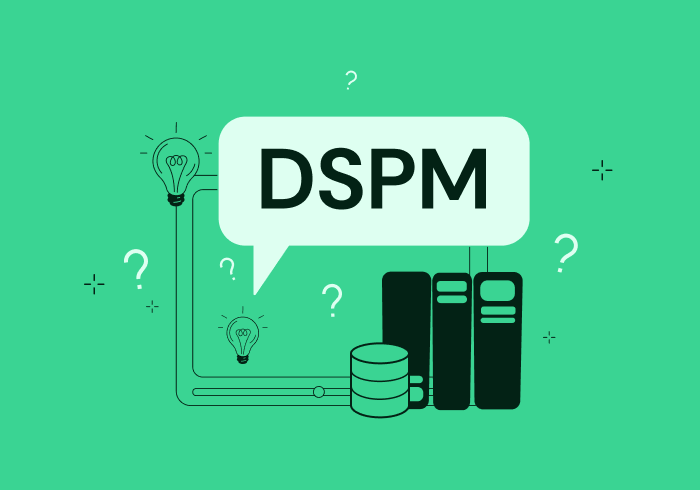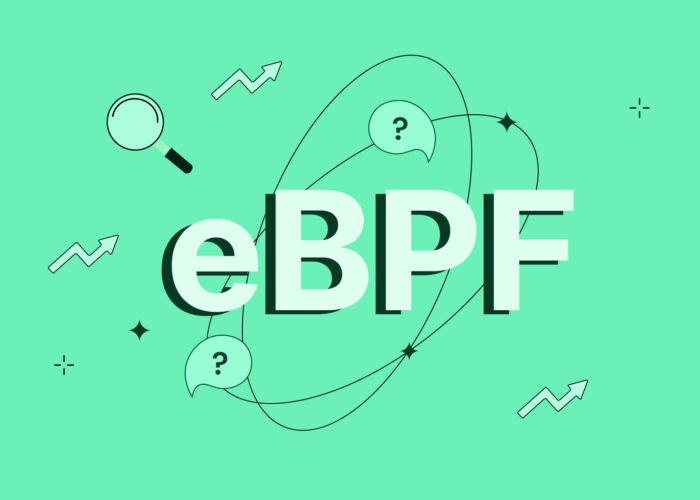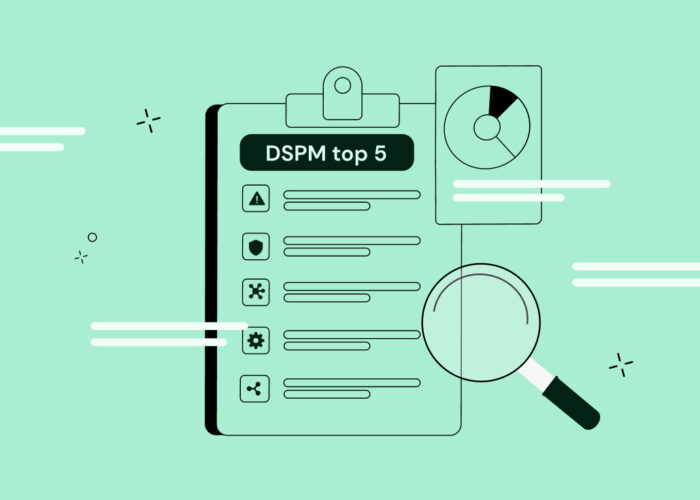Mastering Data Security in the Era of GenAI


Introduction
GenAI services are all around us – writing our code, sprucing up our emails, and coming up with unconventional ideas for dinner. It has touched every aspect of our lives including our development teams. Developers – being the creative creatures that they are, have also started to experiment with these tools, integrating them into their workflow.
But where one person sees a playground another sees a whole mess to clean up. GenAI tools aren’t just exciting, they also pose serious security risks. As these technologies become widespread, security teams have a lot more to worry about.
In this blog post we discuss the implications of GenAI for security teams and dive into the two biggest challenges they must reckon with. We then explain how Flow addresses these issues so that developers can maintain their creative freedom without compromising data security.
How GenAI Compromises Data Security
GenAI poses two major security challenges. The first pertains to the risk of using GenAI services against company policies. The second, perhaps more surprising challenge, pertains to the unexpected risk of using GenAI services that have been authorized.
Before we explain how Flow tackles both of these, let’s take a closer look at each and explore how they may compromise data security.
Challenge #1: Integration with unauthorized and risky GenAI services
Developers work with cutting-edge technologies all the time – it’s part of their DNA. While a culture of innovation is a positive thing, it also makes it difficult to keep up with and maintain control over the new services being tested by developers.
This may not be a big deal in production, where visibility and control are relatively easy to obtain, but what about dev and staging? Sensitive data flows there as well and a mistake in one of those environments could have the same terrible consequences as a data leakage in production.
Take for example a developer who read about a fantastic GenAI service that automates some of her daily tasks. She integrates the services in the staging environment, and as a result sensitive customer PII accidentally leaks to that service.
Challenge #2: Sensitive and unauthorized data flowing to authorized external GenAI services
The second type of challenge is more subtle. Unlike the first, this time we’re talking about services that have been approved by the security team and controlled by it.
You may ask why you should worry about services that have been approved. The thing is that when you give the green light, you still don’t know who will be crossing the road.
Security teams can approve GenAI services, but what about securing the data that actually flows to them? As a security organization, how can you ensure that only authorized data flows to those services? This challenge is even more complex for big enterprises that must control many types of sensitive data.
Take for example a service that is authorized to collect Personal Identifying data, but not sensitive financial information. A developer may mistakenly change some of the API configurations, resulting in PCI information leaking to that service.
Facing the New Data Challenges
The AI revolution we are experiencing is a once-in-a-generation event. As such, security teams must be able to support and empower security teams to use as many GenAI services as the business requires.
The key to become that cutting-edge and forward-looking security team is to have the right tools and processes to support the business.
With Flow’s approach and solution, you can, by design, also support your business for GenAI use cases, and you can do so without downloading any additional or specific plug-in or extension.
Using GenAI with Peace of Mind: Flow’s Solution
Flow analyzes all the data that flows to external services and classifies data in runtime so you can have complete visibility and control.
Flow enables you to:
- Discover all GenAI-based services that the development teams are using in the production, dev, or staging environments that cause the following violations:
a. Authorized services to which unauthorized sensitive data is sent.
b. Unauthorized services to which unauthorized sensitive data is sent.
- Measure the data impact. Since Flow classifies the actual payload, security teams can measure the exact impact: what data is being sent? Is it PCI, PII, PHI, or even secrets? Is it a company policy violation, a security risk, or a regulatory problem?
- Investigate and visualize the complete data journey. How is the data transferred? Which Internal applications are involved? Who is the owner? What is the full data journey? Flow provides you with granular information about the APIs and the application context.
- Control the Flow. Set and enforce rules and policies that determine which data can flow to which service.
- Make it frictionless. Flow integrates with your existing SecOps and alerting workflows.
- Remediate with one-click. The solution provides remediation proposals, including built-in CLI commands.
With Flow, security teams can help empower dev and business teams by allowing them to work with GenAI services without compromising their data security posture.
To read more about how we do it, click here.


